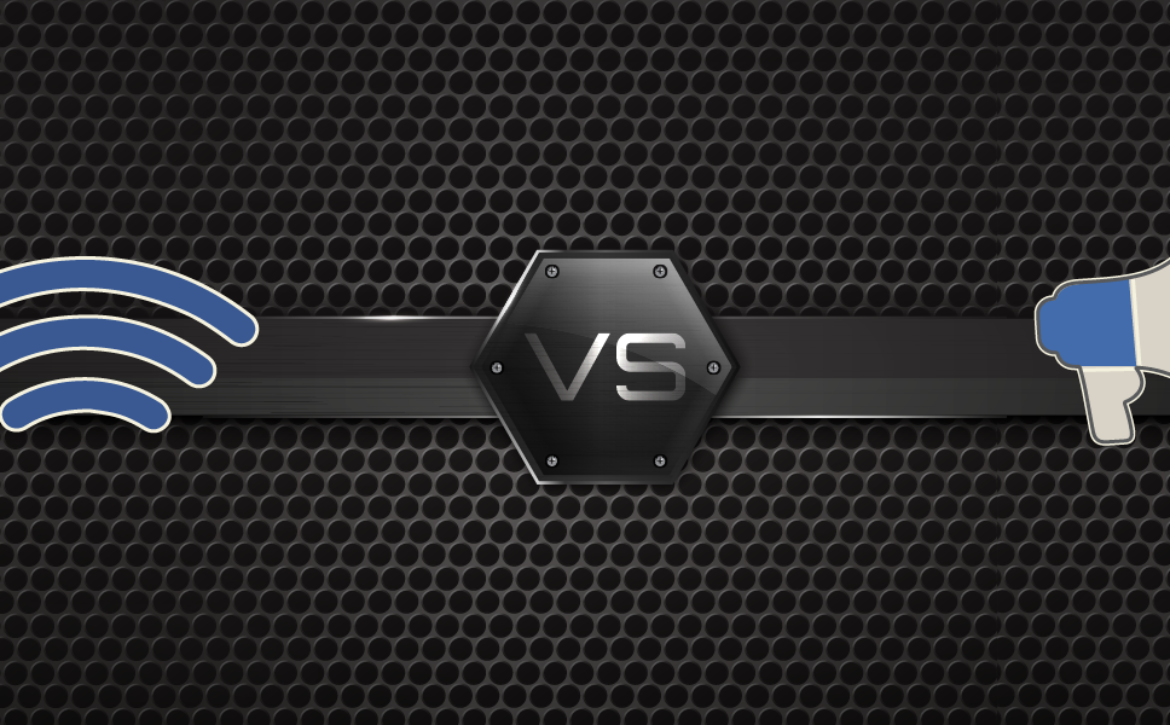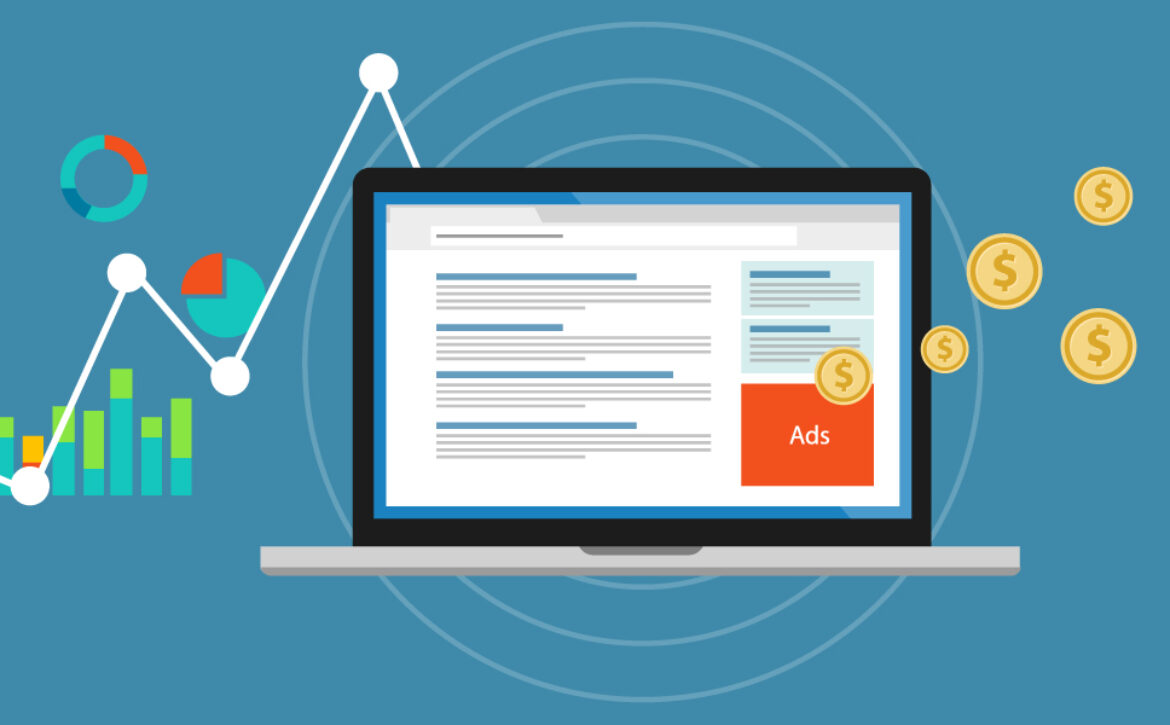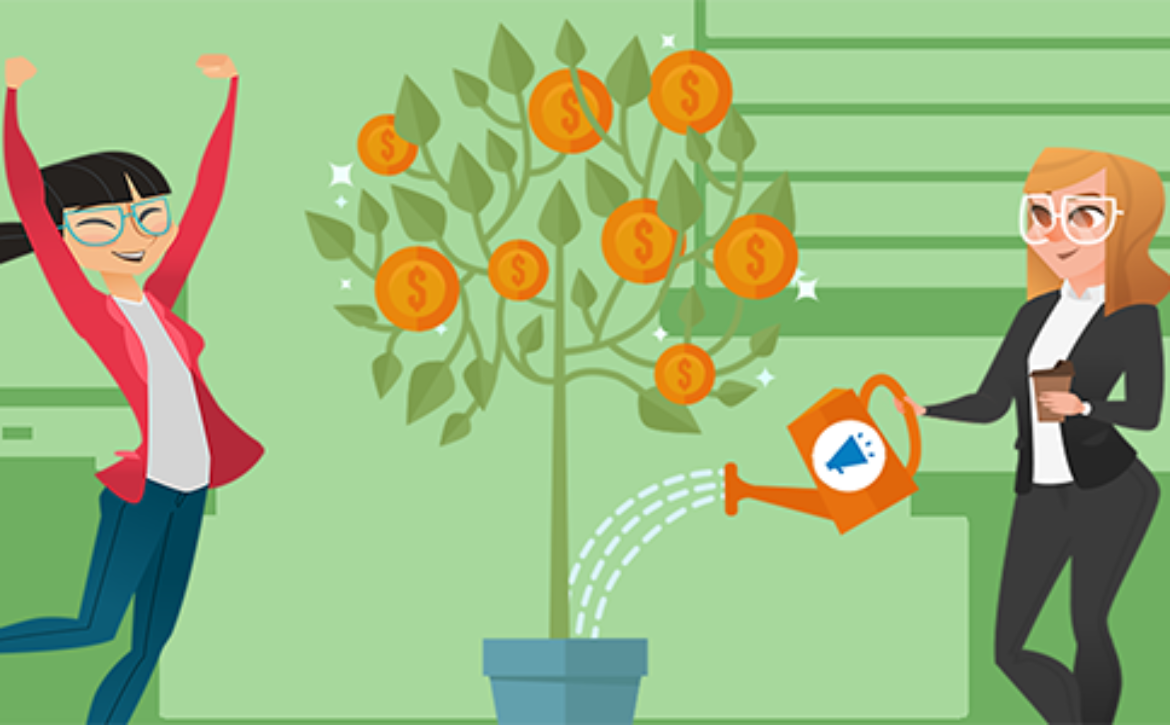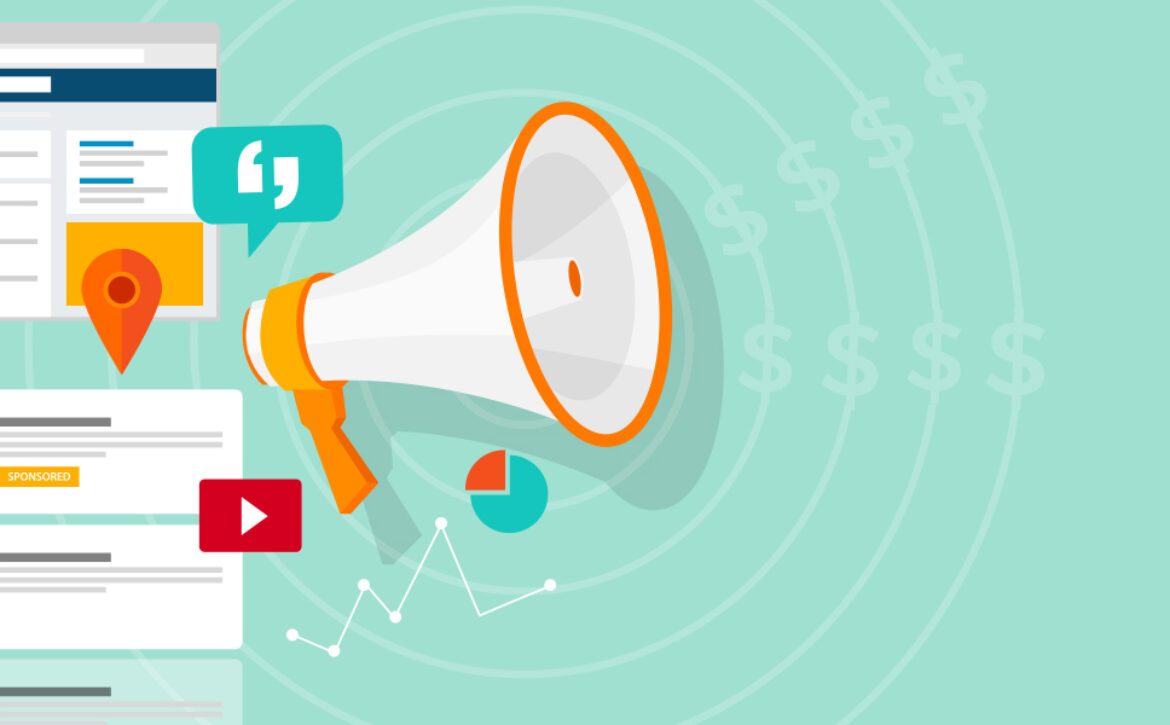What is Content Marketing and Why Does It Matter?
In the heyday of traditional marketing, attracting and retaining customers was an intimidating task for local business owners to accomplish, especially when the inflated budgets of larger businesses made it difficult to compete. Today, there are many different avenues for business owners to interact with consumers, and social media makes it easier than ever for business owners to reach potential customers through strategic tactics like content marketing.
Content marketing, also referred to as inbound marketing, involves the creation and distribution of relevant content that provides value to your business’s target audience. Content marketing can be shared with consumers in numerous forms: infographics, ebooks, white papers, case studies, how-to guides, etc. The main purpose of content marketing is to offer consumers value by presenting a solution to their needs, thus influencing the buying cycle.
Content marketing and the buying cycle
The main difference between traditional marketing methods and content marketing tactics is how each strategy affects the buying cycle for consumers.
The benefits of pull vs. push in marketing
Traditional push marketing methods like flyers, billboards or commercials seek to influence the comparison and purchase stages of the buying cycle by promoting or offering incentives that make a product or service seem superior to alternative solutions. Content marketing, or pull tactics, aim to increase consumer awareness and provide helpful information about the product or service your business offers as a solution. The beauty of content marketing is that it may lead consumers to recognize a problem or need in their lives that they would have otherwise been unaware of. This will draw them into your business when they are ready to buy, rather than knocking on doors or cold calling to try and convince someone to buy something from you now. Utilizing content marketing tactics in your business’s strategy also introduces several benefits, many of which are long lasting.
The benefits of content marketing
Content marketing serves as a means for your business to attract, inform and engage with consumers. Here are some of the benefits that can accompany an effective strategy:
Brand awareness
Publishing valuable content will lead consumers to discover your business and product offerings as they search for solutions to the problem they are facing. By making content available to consumers, your business will communicate an awareness of consumer needs, humanizing your brand with a personality that is friendly and helpful, as well as creating the opportunity for customers to form a relationship with you.
Brand equity
Content that is relevant to the needs of consumers and offers them a valuable solution establishes your business as a thought leader in your industry,which helps build a trusting relationship with consumers. Attaining this level of credibility will lead consumers to prefer your goods and services over alternative solutions, since they are aware of the unique value proposition offered by your business: that you are the knowledgeable experts in your field.
For example: why do avid cyclists go to smaller specialty bike shops instead of a big box store that offers bikes? Because of the level of knowledge and expertise that the smaller shop offers is something that cannot be easily replicated by the bigger box stores.
This is example is similar to how content marketing can work to increase thought leadership and brand equity for your business. By sharing your expertise in the form of content, you will boost your credibility with customers. They know that they can come to you for solid advice because you have provided them with relevant, helpful information in the past.
Effective long-term results
If the content your business releases is designed to be a mix of time-sensitive and evergreen pieces, your business’s content library will still be relevant to consumers as time passes. High-traffic content will also improve search engine rankings, and the consistent release of content can serve as a continuous source of interested consumers.
Content marketing: the main sell
Content marketing is an effective strategy to interact with consumers and introduce them to your business’s brand. By providing consumers with value before they even visit your store, you are building positive relationships and connections to your brand, resulting in long-lasting customer loyalty and brand equity for your business.
















